-
GeneralGeneralTeachers
-
Homepage
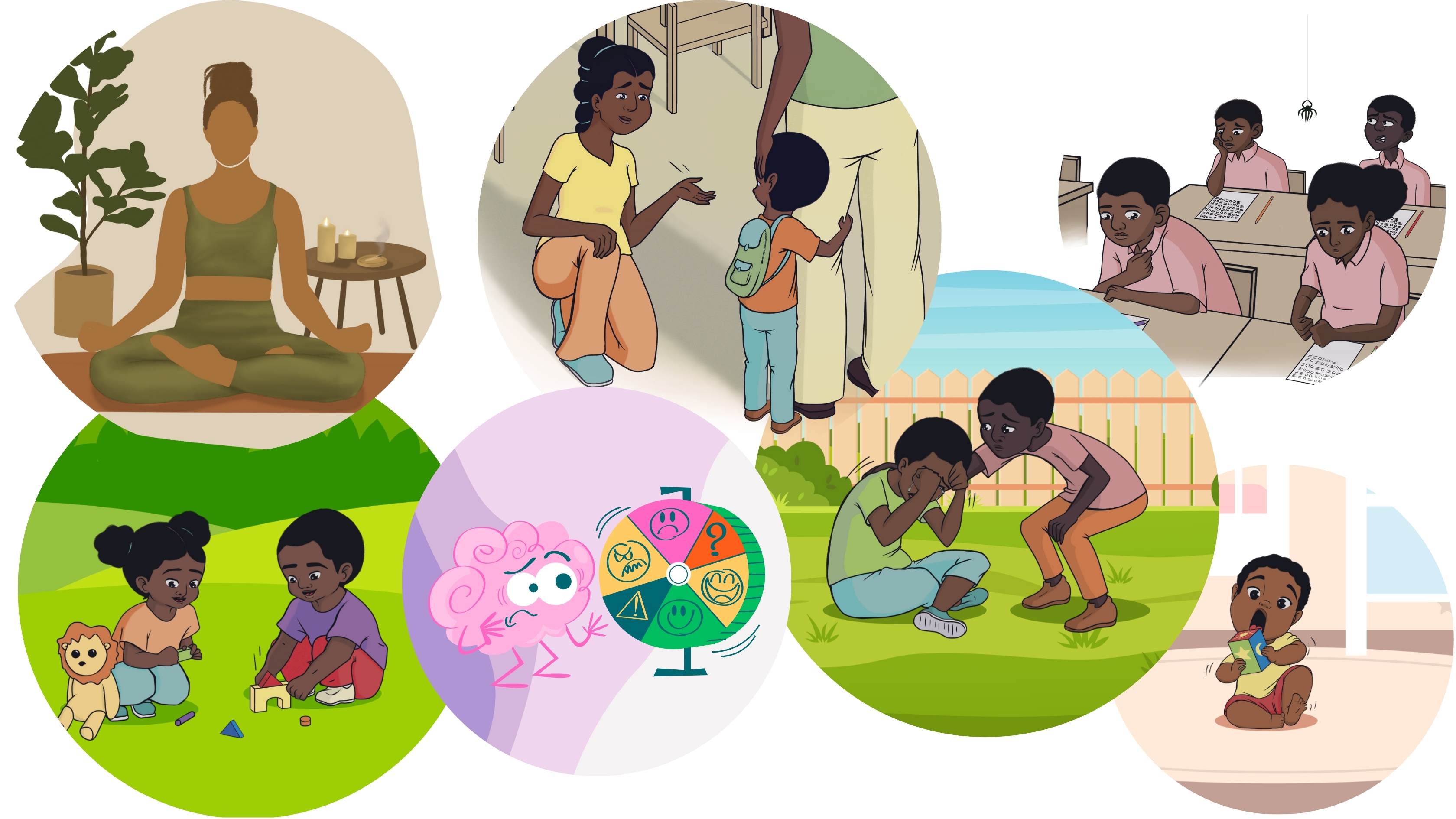

This course is intended to improve mental health literacy by enhancing the capacity of primary school teachers and school administrators to recognize, understand, and support children with mental health conditions. Mental health is essential to overall well-being and critical to learning, functioning, and development. Educators are uniquely positioned to identify, understand, and support the mental health needs of their students. By understanding mental health and the signs of mental health issues, educators can provide a safe and supportive learning environment for all students to succeed. Educators will also learn how to recognize warning signs of mental health problems and offer early intervention and support. Promoting mental health literacy in schools can help reduce the stigma around mental health and empower students to connect with help when needed.
The Mental Health Literacy course is sponsored by the Pan American Health Organization (PAHO) in collaboration with McGill University. The course is based on the Mental Health Literacy Handbook, and slide presentations are provided for each module to help students understand the information. This handbook provides an overview of key topics and modules in the course and aims to create greater awareness of mental health issues among children, reduce stigma, and build capacity for better mental health support in school settings.
This course was developed by the Mental Health Collaborating Center at McGill University in conjunction with the PAHO Mental Health Advisors and NextGenU.org.
PAHO: Dr. Claudina Cayetano and Dr. Ortuzar-Lyon Catalina
McGill: Dr. Massimiliano Orri, Dr. Marc Laporta and Annabelle Martin
NextGenU.org: Dr. Pablo Baldiviezo, Dr. Hugo Rojas, Dr. Bustillos, Reisha Narine, Sherian Bachan, Alixandria Ali, Miriam Chickering, Monica Pozo, and Ana Nogales
To learn more about the efficacy of online learning and online learning at NextGenU.org please see “A Novel Integration of Online and Flipped Classroom Instructional Models in Public Health Higher Education,” (2014), BMC Medical Education, “Building Public Health Capacity through Online Global Learning,” (2018), Open Praxis, or on NextGenU.org’s publication page.
There are five (5) modules to complete, which include:
Module 1: Understanding Mental Health Problems and Promoting Mental Health Literacy
Module 2: Child Development
Module 3: Spheres of Influence on Child Development and Mental Health
Module 4: Children's Emotional and Behavioral Problem
Module 5: Wellbeing for Educators
The completion time for this course is estimated at 26 hours, comprising 3 hours of learning resources, 3 hours of studying content and assimilation, and 20 hours of participating in learning activities and quizzes to assist the learners in synthesizing learning materials. The course requires the completion of case studies, reflections, and discussion forums. At each module's end is a practice quiz of ten (10) multiple-choice questions.
After completing each lesson, quiz, and learning activity, you'll gain access to a final exam at the end of the course. This exam features a detailed case study that integrates all the concepts learned throughout the five modules.
Once you’ve passed the final exam, you can download a certificate of completion from NextGenU.org and our course’s co-sponsoring organizations. We keep your personal information confidential, never sell any of your information, and only use anonymized data for research purposes. Also, we are happy to report your testing information and share your work with anyone (your school, employer, etc.) at your request.
Engaging with this Course:
While the course primarily targets teachers, anyone involved in education is welcome to view or enroll. You may also browse this course for free for personal enrichment; there are no requirements.
To PASS and Obtain a Certificate
All the reading requirements
All quizzes and pass with a 80% with unlimited attempts
All case studies
The final exam with a minimum of 80%
The self and course evaluation forms
NextGenU.org is happy to provide your institution with
A link to and description of the course training so that they can see all its components, including the cosponsoring universities and other professional organization cosponsors;
Your grade on the final exam;
Your work products (e.g., case study activities), and any other required or optional shared materials that you produce and authorize to share with them;
Your evaluations -- course and self-assessments;
A copy of your certificate of completion, along with the co-sponsoring universities and other organizations listed.
Next Steps
Take the short knowledge pre-test below. It allows us to assess various aspects of the course itself.
Complete the registration form.
Begin the course with Module 1: Understanding Mental Health Problems and Promoting Mental Health Literacy.
In each lesson, read the description, complete all required readings and any required activity, and take the corresponding quizzes.
Disclaimer: This content is designed to enhance your study; we cannot guarantee that the successful completion of these materials will enable you to work in your place of residence as regulations vary by location. If you plan to practice using your new knowledge, to ensure safety and compliance with your local laws, you must successfully complete a program of study approved by the government and relevant local regulatory agencies in your place of practice.
NextGenU.org does not directly confer academic degrees or guarantee that learning institutions will accept NextGenU.org coursework for credit.
-
Module 1: Understanding Mental Health Problems and Promoting Mental Health Literacy
Upon completion of this module, learners should be able to: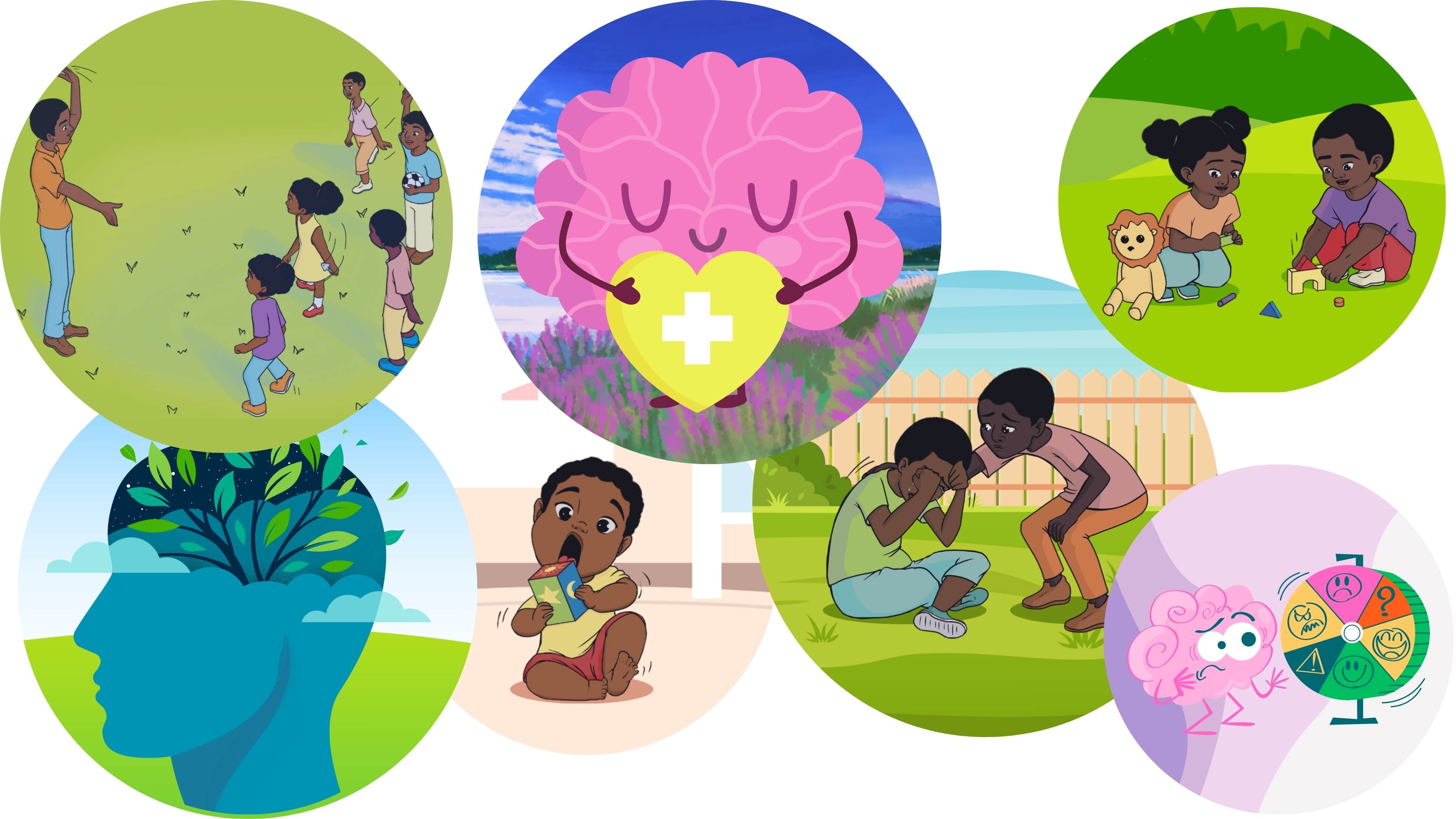 Student Learning Outcomes:
Student Learning Outcomes:
- Define mental health.
- Describe mental health-related concepts (well-being, mental distress, mental health problem, mental disorder).
- Describe the burden of mental health problems in children in terms of its prevalence.
- Discuss stigmatizing actions related to mental health conditions.
- Describe the meaning of mental health literacy and its components.
- Recognize the role of school in the promotion of mental health literacy.
- Explain the benefits and the necessity of improving and promoting mental health literacy in the school setting.
- Discuss the relationship between mental health literacy and early identification and intervention of mental health conditions.
1 URL, 2 SCORM packages, 1 Forum, 1 Quiz - Define mental health.
-
Module 2: Child Development
Upon completion of this module, learners should be able to: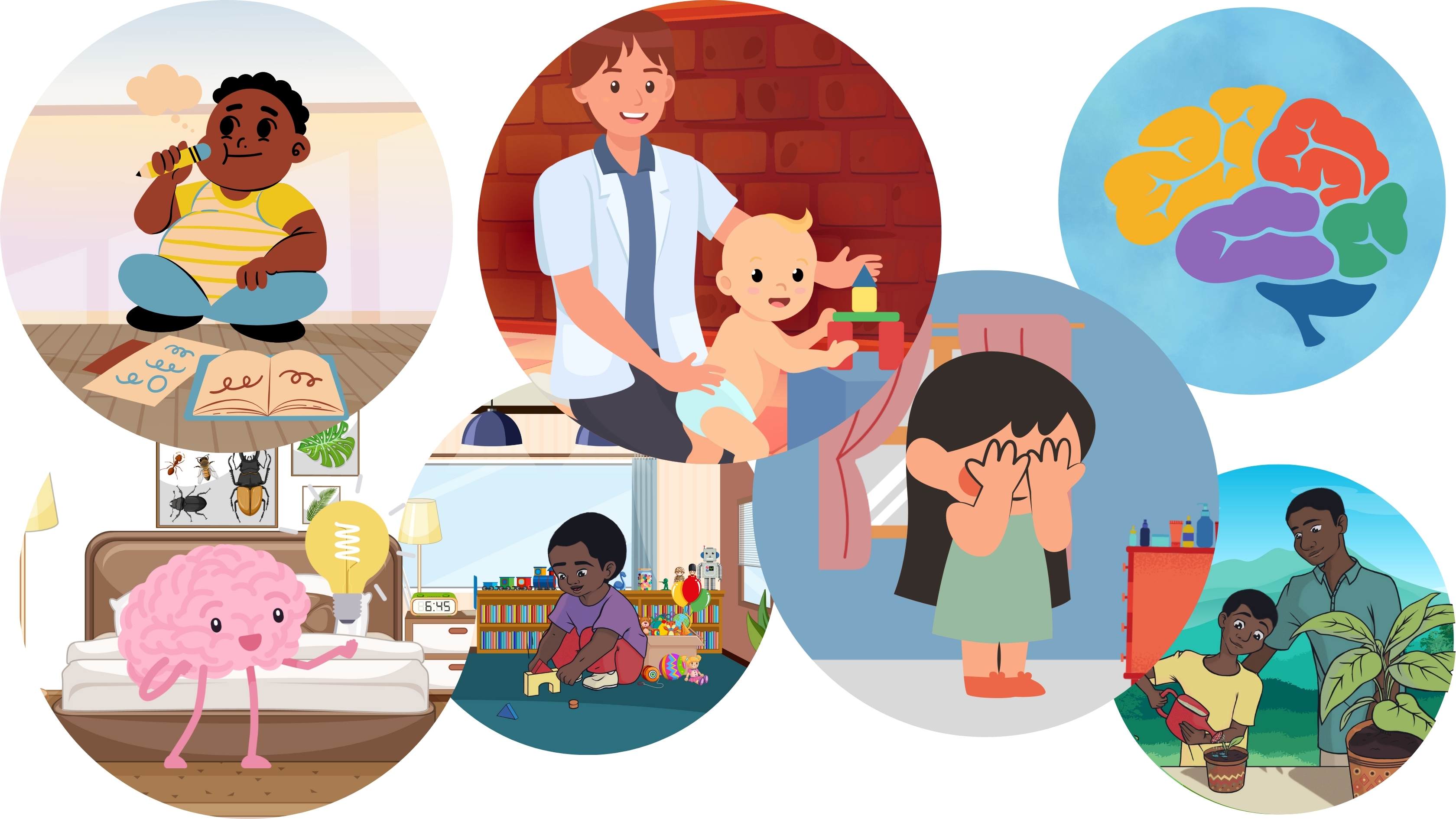 Student Learning Outcomes:
Student Learning Outcomes:- Identify key factors influencing child development.
- Differentiate a child's development process based on sex/gender.
- Explain the differences in a child's development process based on culture.
- Explain why understanding the developmental processes of a child is important to facilitate interventions.
- Describe the difference between linear and non-linear development.
- Summarize the prenatal development of a child.
- Identify the factors that impact prenatal development.
- Summarize the brain development of a child.
- Identify the brain development problem that may affect a child in the school performance.
- Explain the motor development of a child.
- Identify the main motor development milestones from pre-primary (birth) up to secondary school age (12+).
- Explain the cognitive development of a child.
- Outline the cognitive milestones of the child at different stages of life(birth to 12 years).
- Explain the social development of a child.
- Identify factors that play a role in the social development of a child.
- Outline the social development milestones of the child at different stages of life([birth to 18 years).
- Explain the language development of a child.
- Identify the main language development milestones from birth to primary school age.
- Explain the moral development of a child.
- Identify the main moral development milestones at different stages of life (from pre-primary to secondary).
1 URL, 2 SCORM packages, 1 Forum - Identify key factors influencing child development.
-
Module 3: Spheres of Influence on Child Development and Mental Health
Upon completion of this module, learners should be able to: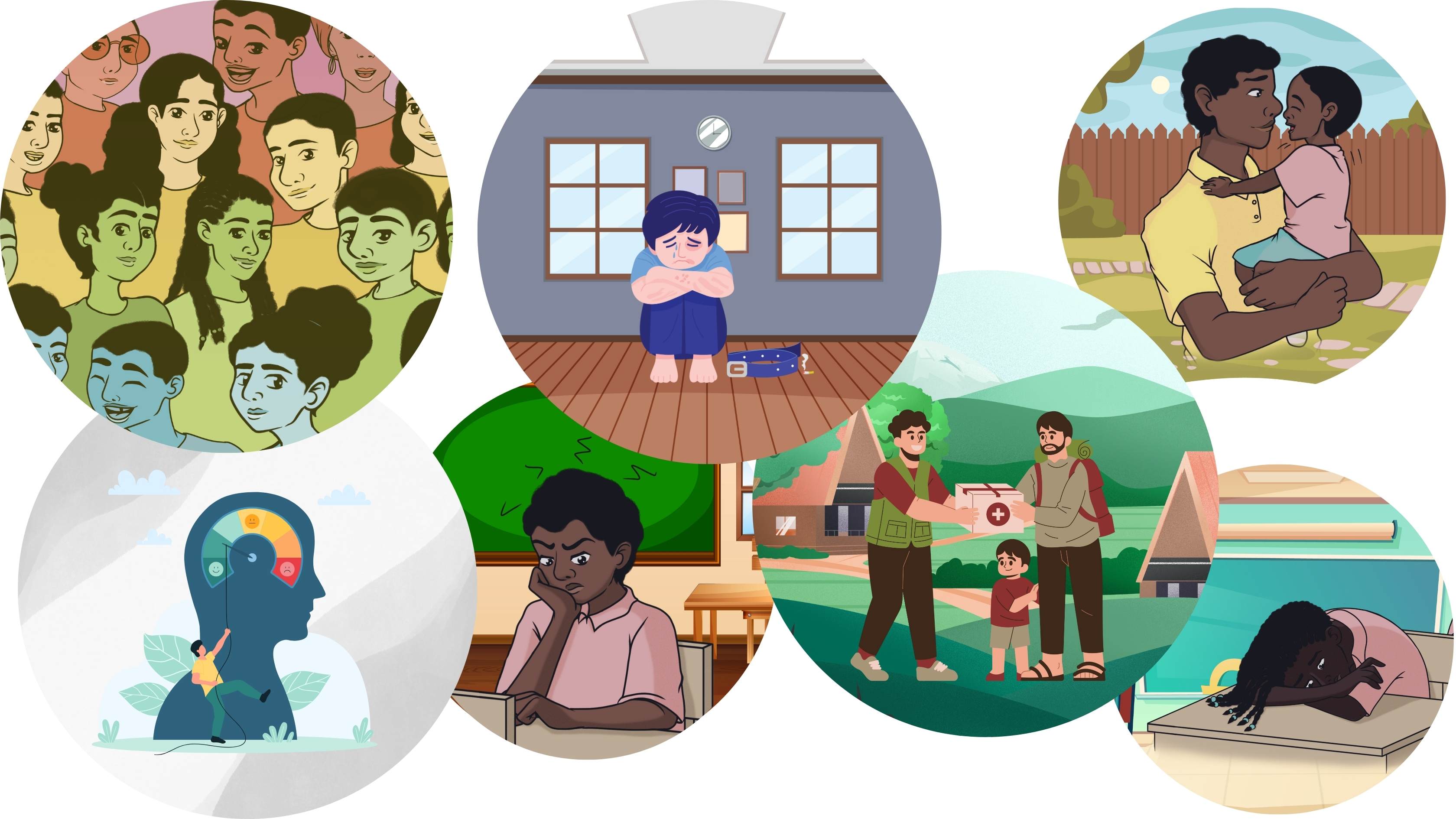 Student Learning Outcomes:
Student Learning Outcomes:- Describe the influences that affect the likelihood of children developing mental health conditions.
- Examine the influence of family interactions on child development and mental health.
- Examine the influence of parenting and attachment on child development and mental health.
- Explain the influence of parental mental health on child development and mental health.
- Examine the influence of family separation and conflicts on child development and mental health.
- Explain the role of the school in supporting the distressed student due to family conflicts.
- Explain the influence of family resources and functions on child development and mental health.
- Describe the role of educators in child development and mental health.
- Examine the role of school ethos in child development and mental health.
- Describe the characteristics of a mental health-promoting school.
- Discuss the effects of Bullying and Peer Victimization on child development and mental health.
- Recognize the signs and indicators of suspected cases of bullying.
- Explain the importance of collaborating with parents on matters of child development and mental health.
- Examine the Social Cultural Influences [macrosystem] on child development and mental health (low socioeconomic status and poverty, violent crime, discrimination, humanitarian crisis, climate change).
- Examine the impact of the Internet and Social Media Use on child development and mental health.
- Discuss strategies to minimize the potential harms of internet use within the classroom.
- Detail how school corporal punishment has been used in your country or region.
- Discuss the effect of corporal punishment on a child’s development and mental health.
- Recommend alternative measures to modify classroom behavior without using corporal punishment.
- Analyze the impact of adverse childhood experiences on child development and mental health, such as bereavement, loss of a loved one, and child maltreatment.
1 URL, 2 SCORM packages, 1 Forum -
Module 4: Children's Emotional and Behavioral Problems
Upon completion of this module, learners should be able to: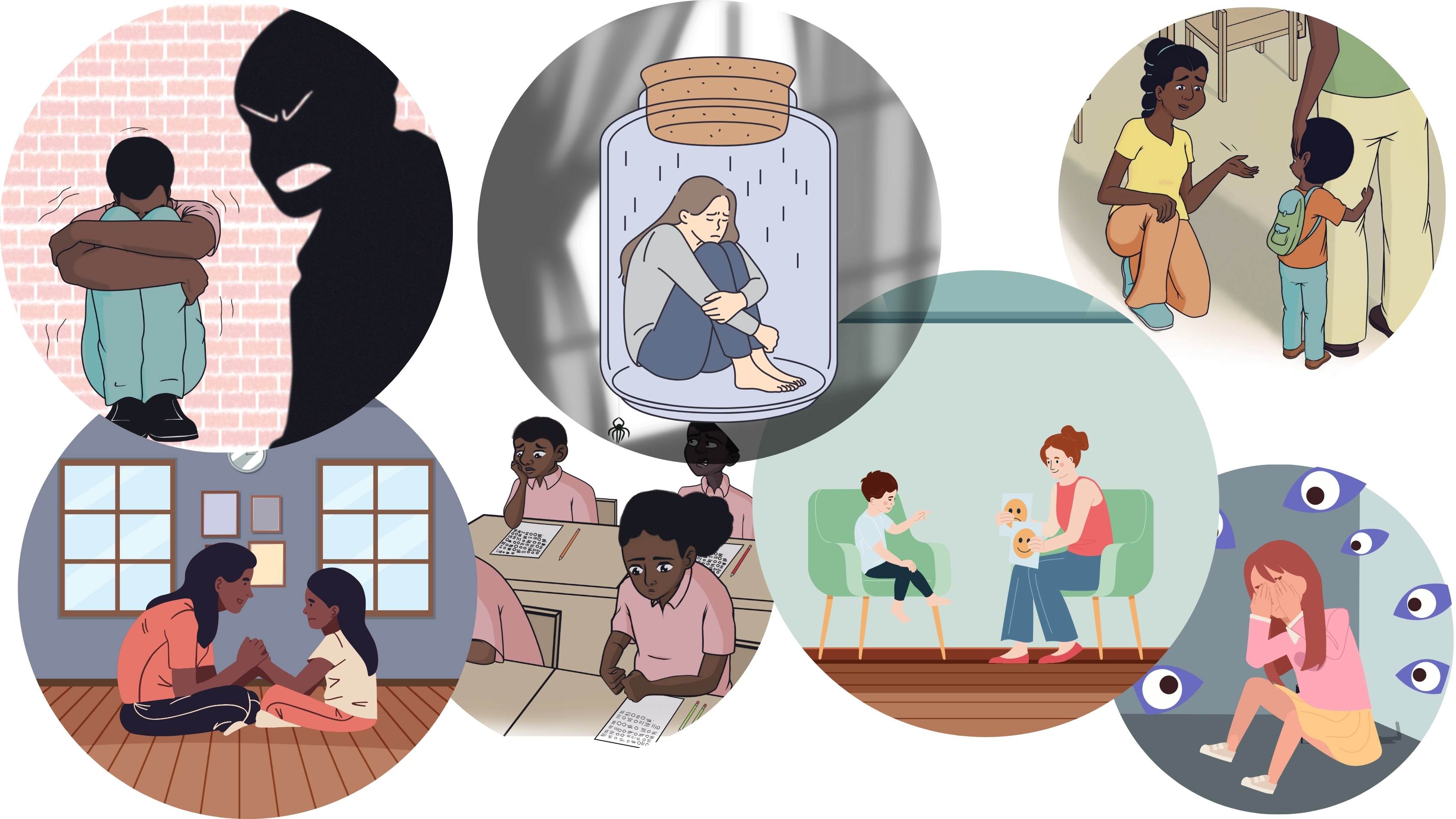 Student Learning Outcomes:
Student Learning Outcomes:- Identify the main behavioral manifestations of common emotional and behavioral problems.
- Summarize age-appropriate fears and anxieties in children and adolescents.
- Recognize the role of educators in managing Anxiety Disorder in the classrooms.
- Describe the different types of Anxiety Disorders (Social Anxiety, Separation Anxiety, Specific phobias, Obsessive Compulsive Disorders, Post Traumatic Stress Disorder) and their specific symptoms.
- Discuss trauma-informed teaching and other strategies/tips for supporting anxiety, phobias, and stress.
- Describe common symptoms of mood disorders.
- Identify signs of suicidal thoughts and self-harm behaviors.
- Discuss the prevalence of suicidal thoughts and self-harm behaviors among children.
- Describe the role of educators in supporting students with mood disorders in the classroom.
- Describe the two common types of Mood disorders (Depressive Disorder, Disruptive Mood Dysregulation Disorder ) and their specific symptoms.
- Describe the classes of neurodevelopmental disorders [ASD, ADHD, Intellectual Disability] and their specific symptoms.
- Discuss how educators can support students with neurodevelopmental disorders within the classroom.
- Describe common symptoms of behavioral conditions, including Oppositional Defiant Disorder (ODD) and Conduct Disorder (CD).
- Discuss the role of educators in managing students with behavioral problems in the classroom (ODD/CD).
1 URL, 2 SCORM packages, 3 Forums -
Module 5: Wellbeing for educators (Optional)
Upon completion of this module, learners should be able to: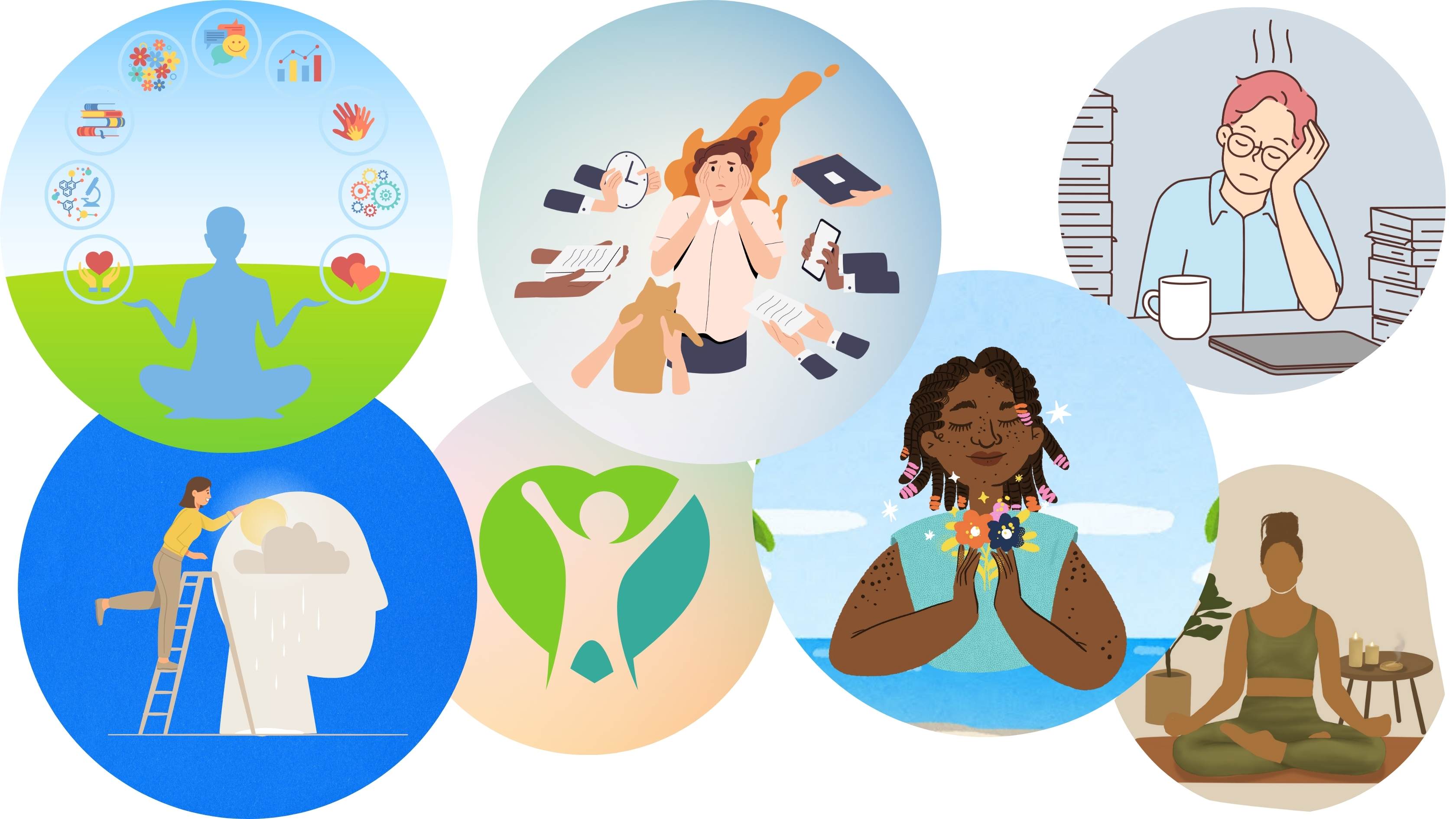 Student Learning Outcomes:
Student Learning Outcomes:- Understand the multifaceted concept of wellbeing and its relation to happiness and life satisfaction in both professional and personal contexts.
- Understand the six key professional contributing factors to educators' wellbeing: Demands, Control, Support, Relationships, Role, and Change.
- Recognize the importance of personal wellbeing, its correlation to happiness and life satisfaction, and its impact on teaching effectiveness.
- Identify the eight dimensions of personal wellbeing and understand how each contributes to overall wellness: Emotional, Environmental, Financial, Intellectual, Occupational, Physical, Social, and Spiritual.
- Develop strategies to maintain and enhance your wellbeing in each of the dimensions mentioned above.
- Understand how to manage change effectively within your organization and personal life.
- Recognize the signs of when your wellbeing may be compromised and know when and where to seek help.
- Apply understanding of wellbeing to foster a positive, supportive, and healthy work environment for yourself and your colleagues.
1 URL, 2 SCORM packages, 1 Forum -
Course and Self Evaluation & Certificate
 In this section, you can provide feedback about this course to help us make NextGenU.org better. Once evaluations are completed, you will be able to download your certificate of completion.
In this section, you can provide feedback about this course to help us make NextGenU.org better. Once evaluations are completed, you will be able to download your certificate of completion.

